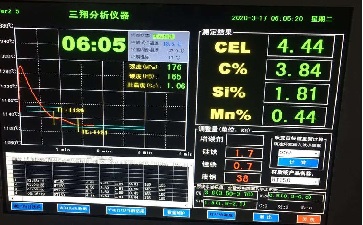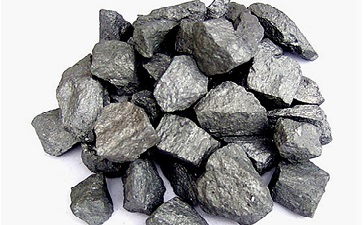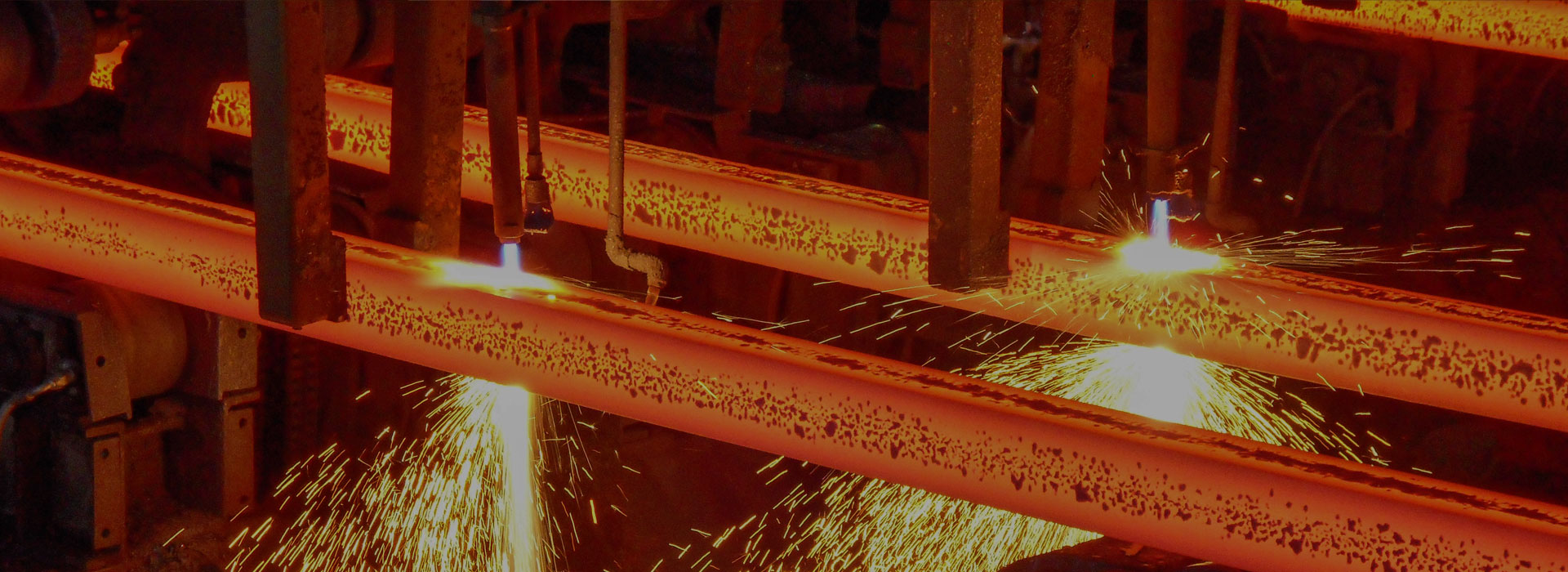How to make high-quality ductile iron castings
High-quality ductile iron castings require four important conditions:
First, the content of various elements must meet the standard requirements; for thin-walled castings, the material content must reach the upper limit, and mechanical properties must also meet relevant requirements.
Second, the surface of the castings should be smooth, with uniform wall thickness, free of casting defects such as under-casting, pores, and sand holes.
Third, there should be no internal quality issues discovered through flaw detection.
Fourth, internal stresses must be completely eliminated after casting, along with demagnetization treatment specific to special usage environments.The quality requirements for castings in modern industry are continuously increasing, and there are stricter material requirements for ductile iron castings.

Relying solely on casting experience and data listed in textbooks for material formulation and treatment is no longer adequate. It is also necessary to use modern scientific testing instruments to promptly and accurately grasp specific data, such as using a spectrometer for testing the metal iron liquid during casting and making adjustments based on the test results.Before melting and pouring, a spectral sample must be taken for spectroscopic testing.

Only after the test results meet the data requirements for ductile iron castings can the iron liquid be poured. The addition of inoculants is also very important. 75% silicon iron is a commonly used inoculant, and the aluminum and calcium content within it plays a crucial role in the inoculation effect. Based on long-term production experience, it has been concluded that silicon iron without aluminum and calcium has little to no inoculation effect on ductile iron; therefore, qualified 75% silicon must be used.




